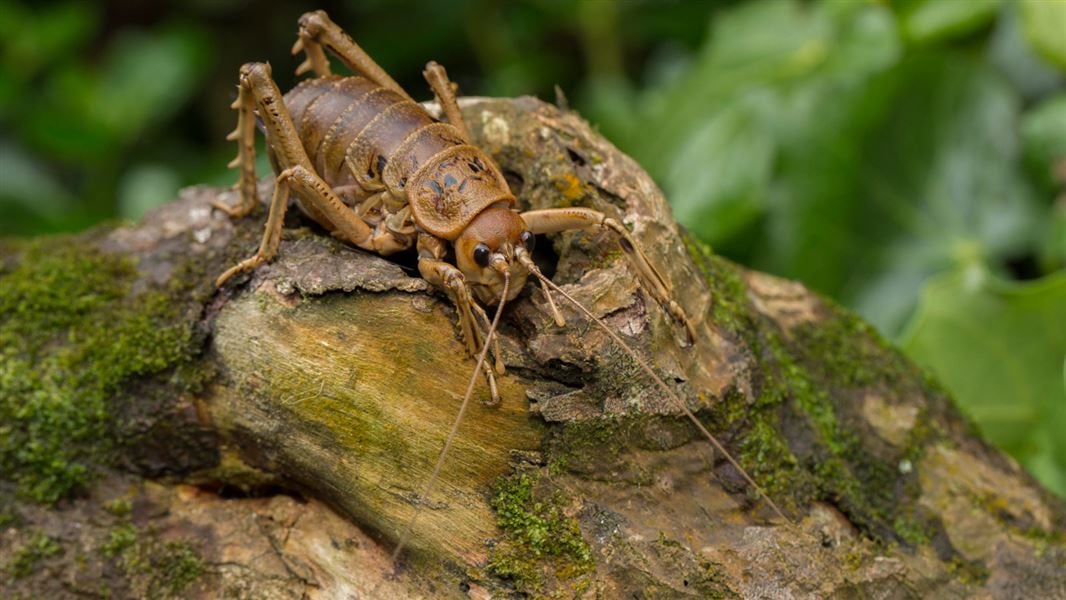New Zealand has a diverse and interesting population of invertebrates. They play a vital role in maintaining many of New Zealand’s native bird populations and are fundamental to ecosystem processes.
Many of New Zealand’s invertebrates are flightless and are facing extinction, for many of the same reasons that our native birds are. Other threats include habitat modification and displacement by exotic invertebrate pests.
The kōura, or freshwater crayfish, is dark green and mottled like the stones it lives amongst on stream bottoms.
Flax snails usually live in broadleaf forest and scrub. Growing as big as 115 mm, flax snails/pupurangi are not your average garden snails.
New Zealand’s streams are home to macroinvertebrates - tiny animals that live on and under rocks, waterplants, wood or debris. They have no backbones and can be seen without a magnifying glass or microscope.
Once widespread through Northland, the kauri snail now has a limited distribution in parts of Northland and on a few offshore islands.
Peripatus, or velvet worms, are unusual animals of the forest floor. They are called ‘living fossils’ as they are remarkably unchanged from 500 million years ago.
They are among the largest snails in the world, and also among our most threatened invertebrates.
Corals are actually invertebrate animals and most are protected.
The robust grasshopper is New Zealand's largest lowland grasshopper and is only found along the edges of the braided rivers of the Mackenzie Basin.
Wētā have been around long enough to see dinosaurs come and go and to evolve into more than 100 different species, all of them endemic to New Zealand.
Lakes and streams are teeming with life but most of these organisms cannot be seen with the naked eye.
